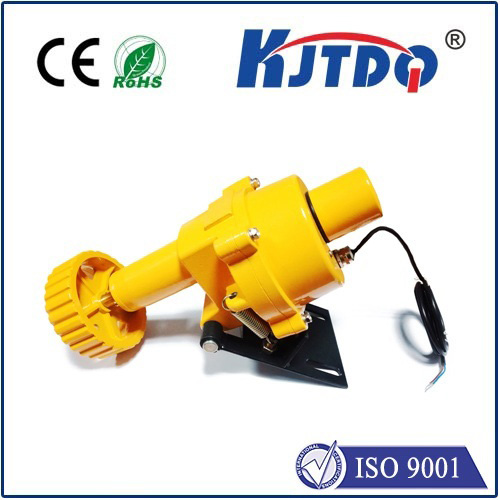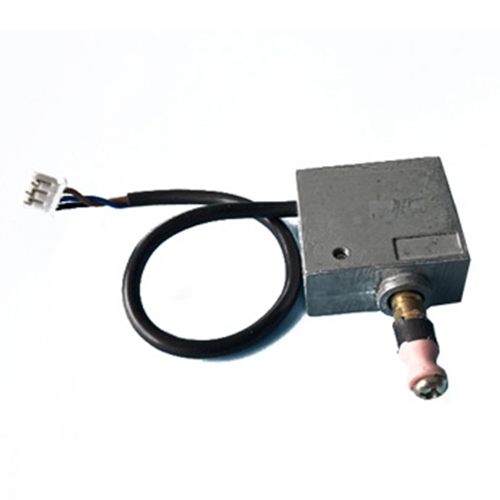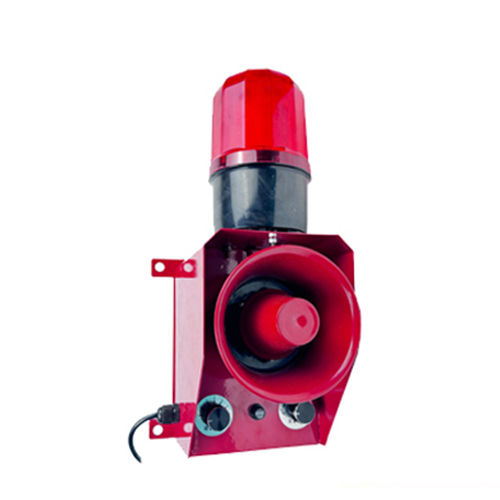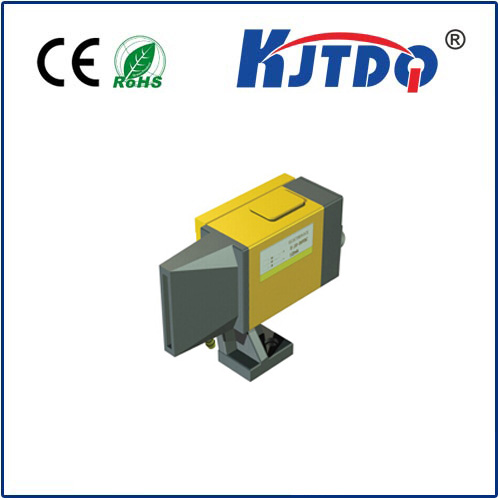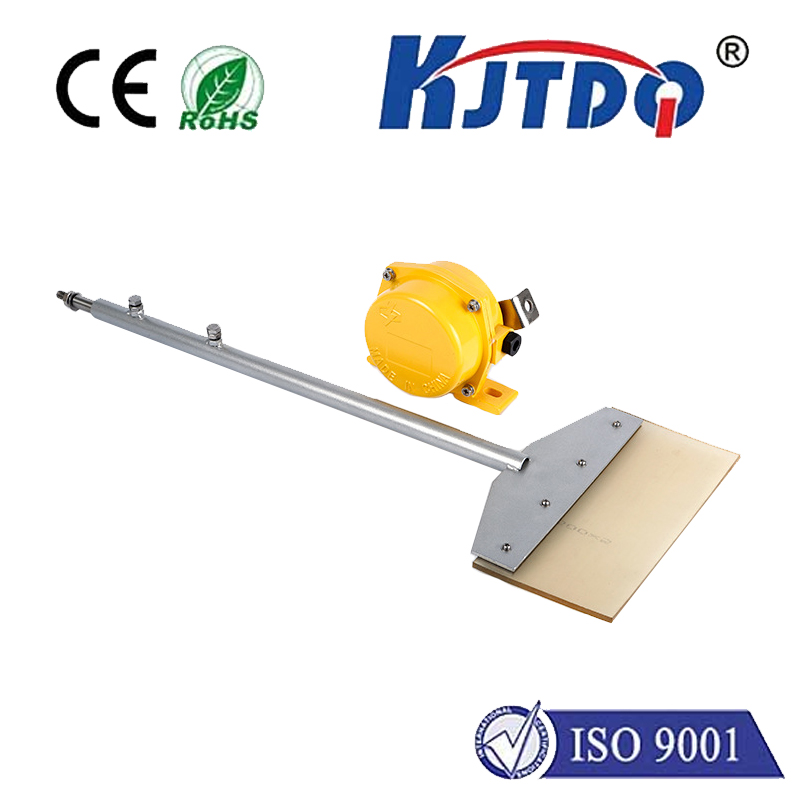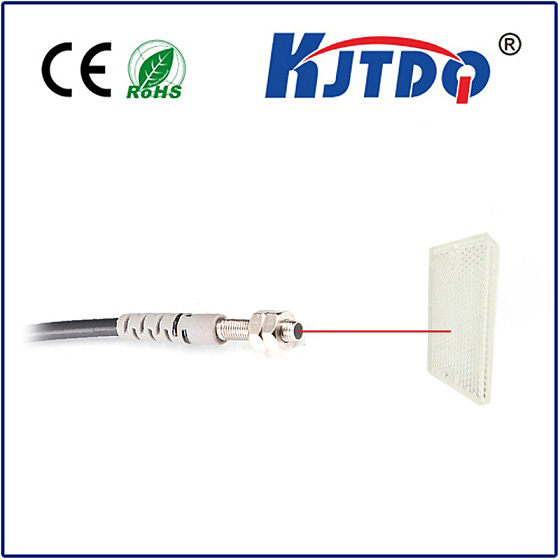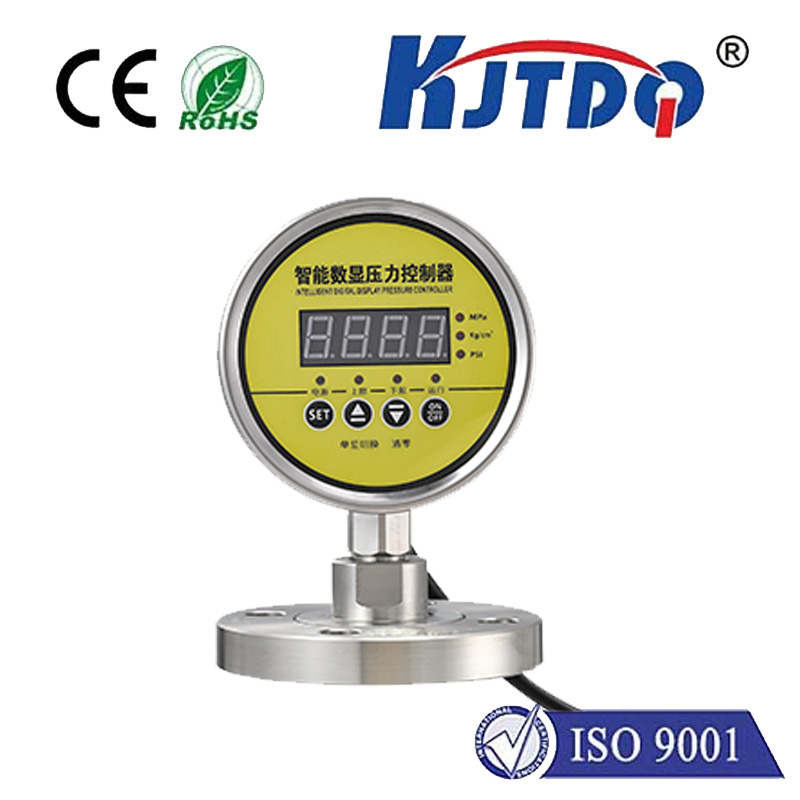BES0226 high pressure proximity sensor
- time:2025-10-01 04:05:56
- Click:0
BES0226: Revolutionizing High-Pressure Environments with Precision Proximity Measurement
Imagine a critical hydraulic system deep within an offshore oil rig, or the intense forces within a high-performance manufacturing press. Monitoring components in these extreme, high-pressure environments isn’t just about efficiency; it’s a paramount safety concern. Traditional sensors often buckle under the strain, leading to potential failures and costly downtime. This is where specialized technology, like the BES0226 high pressure proximity sensor, steps into the spotlight, offering unparalleled reliability where it matters most.
Understanding the unique demands of high-pressure applications is key. Beyond the obvious force exerted, pressure can affect materials, sealing integrity, signal stability, and even the sensing physics itself. Standard inductive sensors might deform their housings, experience signal drift, or suffer catastrophic seal failure when subjected to pressures reaching hundreds or even thousands of Bar (or PSI). Corrosion from aggressive media often present under pressure adds another layer of complexity. The BES0226 is engineered from the ground up to not just survive, but thrive in these punishing conditions.
So, what makes the BES0226 a standout solution for high-pressure proximity sensing?

- Robust, Pressure-Optimized Construction: The defining feature is its housing specifically designed to withstand extreme pressure. Utilizing high-grade stainless steel (like 316L) and employing specialized sealing technologies (often involving advanced elastomers or metal seals), the BES0226 sensor ensures its internal components and electrical connections remain completely isolated from the hostile external environment. This prevents media ingress and maintains structural integrity under immense force.
- Uncompromising Sealing Performance: Achieving an IP68/IP69K rating or even specialized high-pressure certifications is non-negotiable. The sealing design of the BES0226 is rigorously tested to guarantee leak-tight performance at its rated pressure and beyond, providing long-term reliability and preventing system contamination or sensor malfunction. Hermetic sealing is often a key technology employed.
- Resilience Against Harsh Media: High-pressure environments frequently involve aggressive fluids – hydraulic oils, cutting fluids, seawater, chemicals, or steam. The BES0226’s stainless steel sensing face and compatible seal materials offer excellent corrosion resistance, ensuring consistent performance and longevity even when constantly exposed to these challenging substances. PVD coatings might further enhance wear resistance.
- Temperature Stability: Pressure fluctuations often accompany significant temperature changes. The BES0226 is designed to maintain stable and accurate measurements across a wide operating temperature range, compensating for potential thermal effects on sensing distance and electronic components.
- Precision Inductive Sensing: At its core, the BES0226 leverages robust inductive sensing technology. It emits an electromagnetic field from its face. When a metallic target (like a piston rod, valve spool, or machine component) enters this field, eddy currents are induced, causing a change in the oscillation amplitude within the sensor. This change is precisely detected and converted into a clear, reliable switching signal (PNP/NPN, NO/NC). Shielded designs are common, offering precise sensing distances for targeted detection, even in confined spaces common in high-pressure systems.
- Electrical Reliability: Designed for stable operation in demanding electrical environments, the BES0226 incorporates protection against common industrial hazards like overvoltage, reverse polarity, and short circuits. This ensures consistent signal output crucial for process control and safety interlocks.
Where does the BES0226 High Pressure Proximity Sensor make a critical impact?
Its unique capabilities make it indispensable in sectors where pressure is fundamental:
- Hydraulics & Pneumatics: Monitoring piston position in high-pressure cylinders, detecting valve spool movement, verifying rod extension/retraction in hydraulic presses and lifting equipment.
- Oil & Gas: Position feedback on subsea valves, blow-out preventer (BOP) control systems, downhole tool positioning, and pipeline monitoring – environments demanding extreme pressure ratings and corrosion resistance.
- Chemical & Process Industry: Detecting valve states, agitator positions, or pump status within reactors and pipelines handling high-pressure, potentially corrosive chemicals.
- Heavy Machinery & Manufacturing: Precise position feedback in high-pressure die-casting machines, plastic injection molding machines, forging presses, and heavy-duty industrial presses.
- Marine & Offshore: Monitoring critical components on ships, offshore platforms, and submersibles exposed to high pressures and corrosive seawater.
- Test Benches & Rigs: Providing reliable position or presence detection in high-pressure fluid power test setups and experimental rigs.
Implementing the BES0226 Effectively:
To maximize performance and lifespan in high-pressure settings, correct installation is vital. Ensure the sensor’s pressure rating comfortably exceeds the maximum operating pressure of the system, including potential pressure spikes. Follow manufacturer guidelines meticulously for mounting torque to avoid damaging seals or distorting the housing. Pay close attention to the required sensing distance and ensure the appropriate target material, size, and approach direction are used. Consider environmental factors like ambient temperature and potential chemical splash beyond the immediate pressure zone.
The Investment in Robust Sensing:
While the BES0226 high pressure proximity sensor represents a specific solution for extreme conditions, its value proposition is clear. By providing unmatched reliability, precision, and longevity in environments where failure is not an option, it significantly reduces downtime costs, enhances operator safety, improves process control accuracy, and minimizes maintenance overhead. It transforms high-pressure proximity detection from a constant vulnerability into a dependable pillar of system integrity. For engineers designing or maintaining systems operating under significant pressure, specifying a sensor engineered for the challenge, like the BES0226, is not just a choice – it’s a critical necessity for performance and safety.






